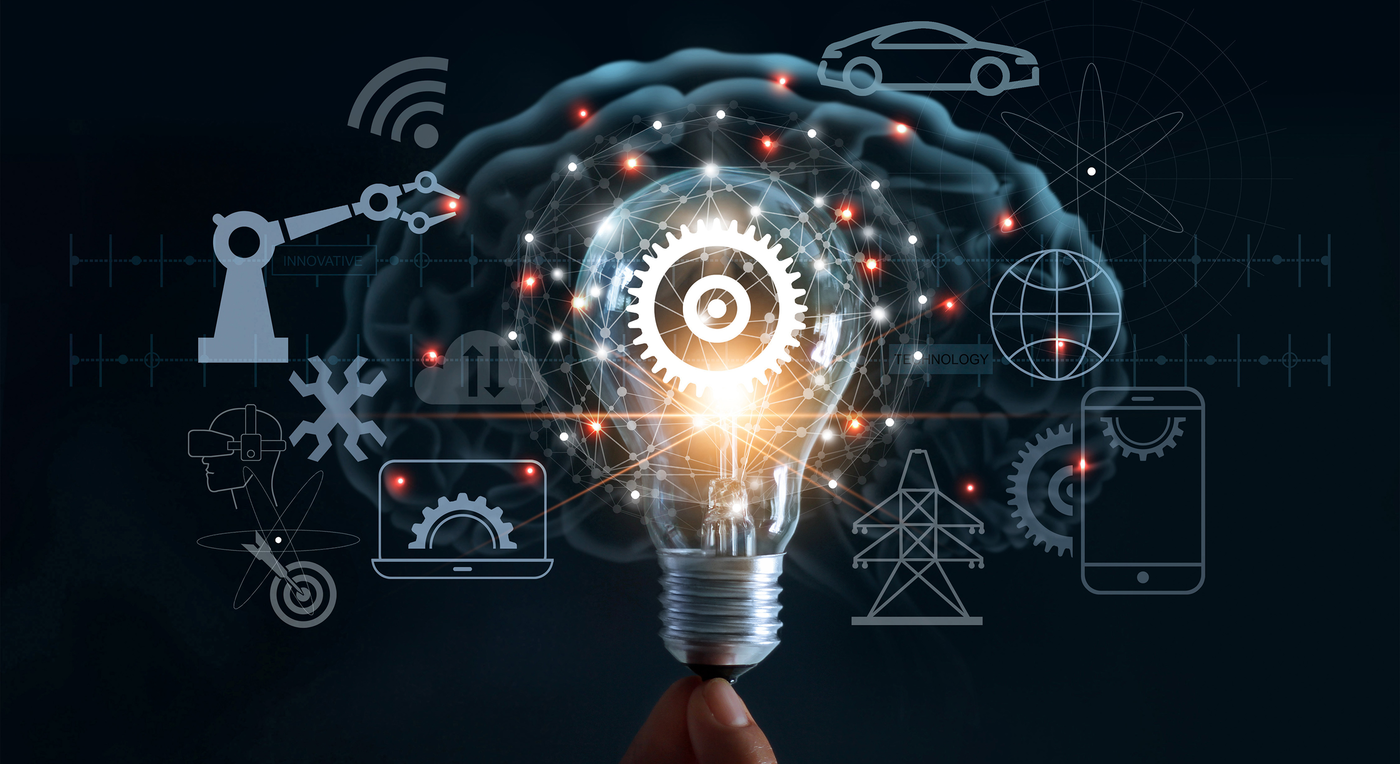
The change that is currently taking place in mobility is as large and comprehensive as in the last 100 years combined. Complex questions require correspondingly complex answers." (Cosimo De Carlo, CEO EDAG Group)
As a globally leading, independent engineering service provider, the EDAG Group has bundled the various competences and created a separate area for innovations. Here we work together across companies with customers and partners from science and industry. Research projects from the EU, the federal government, the states or foundations also have a particularly high priority.
The team develops its own solutions, concepts and strategies in close cooperation with the specialist departments, solving future issues of the sector and is able to respond to the needs of its clients.
Forschungseinrichtungen:
Fraunhofer (IWU, IMWS, LBF, IAPT, ...), Leibniz Institute für Verbundwerkstoffe und Werkstofforientierte Technologien, Tecnalia (Spanien), Consiglio Nazionale delle Ricerche (Italien)
Hochschulen:
FH Fulda, TU Darmstadt, KIT, RWTH Aachen, Politecnico di Milano, Tampere University, University of Patras, Strathclyde University, Centre national de la recherche scientifique (CNRS)
Sonstige Institutionen / Netzwerke:
EintrachtTech, FAT im VDA, Bayern Innovativ Cluster Automotive, CVC Südwest, Engineering-High-Tech-Cluster Fulda e.V.